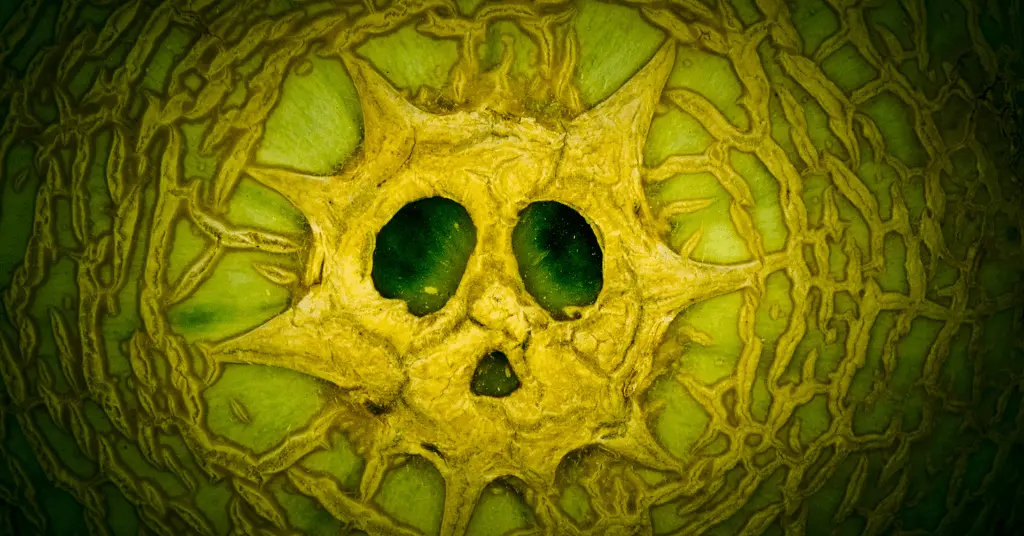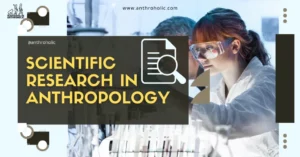AI Answer Evaluation Platform Live Now. Try Free Answer Evaluation Now
Relationship between Anthropology and Life Sciences
Anthropology and life sciences are two disciplines that are often seen as separate from one another. Anthropology, the study of human societies and cultures, and life sciences, the study of living organisms and their interactions, are often thought to be distinct fields of study with little overlap. However, there is a growing recognition that these two fields are intimately connected, and that a better understanding of one can greatly inform our understanding of the other. In this blog post, we will explore the relationship between anthropology and life sciences, and how this relationship is evolving.

Anthropology and Life Sciences: A Brief History
The relationship between anthropology and life sciences can be traced back to the early days of both disciplines. In fact, many of the early pioneers in anthropology were also trained in the natural sciences. Charles Darwin, for example, is often cited as one of the founding fathers of anthropology due to his groundbreaking work on the theory of evolution. Darwin’s work on the evolution of species led to a deeper understanding of human origins and the ways in which humans have adapted and evolved over time.
Similarly, other early anthropologists such as Franz Boas and Alfred Kroeber were heavily influenced by the natural sciences. Boas, for example, was a trained physicist who later turned to anthropology, while Kroeber was trained in both anthropology and zoology. These early anthropologists recognized the importance of the natural sciences in understanding human societies and cultures, and they laid the foundation for a fruitful relationship between anthropology and life sciences.
Today, the relationship between anthropology and life sciences has only grown stronger. Advances in technology and the availability of new data sources have made it possible to study human populations in ways that were not possible just a few decades ago. As a result, anthropologists and life scientists are working together more closely than ever before to gain a better understanding of the complex interactions between humans and the environment.
Anthropology and Life Sciences: Overlapping Research Interests
One area where anthropology and life sciences overlap is in the study of human evolution. Anthropologists have long been interested in the origins of human beings and the ways in which we have evolved over time. Life scientists, on the other hand, are interested in the mechanisms of evolution and the ways in which genetic and environmental factors interact to shape the evolution of species.
By working together, anthropologists and life scientists can gain a better understanding of the evolutionary history of humans and the factors that have influenced our development. For example, recent studies have shown that interbreeding between Homo sapiens and Neanderthals played a significant role in the evolution of modern humans. This finding was made possible through the use of genetic data, which allowed researchers to trace the genetic history of human populations back in time.
Another area where anthropology and life sciences overlap is in the study of human health and disease. Anthropologists have long been interested in the ways in which cultural and social factors influence health outcomes. Life scientists, on the other hand, are interested in the biological mechanisms underlying disease and the ways in which genetic and environmental factors interact to influence health.
By working together, anthropologists and life scientists can gain a better understanding of the complex interactions between culture, biology, and health. For example, recent studies have shown that cultural factors such as diet and lifestyle can have a significant impact on the prevalence of chronic diseases such as diabetes and heart disease. By studying the biological mechanisms underlying these diseases, life scientists can develop new treatments and prevention strategies that take into account cultural and social factors.
Anthropology and Life Sciences: New Frontiers
The relationship between anthropology and life sciences is constantly evolving, and new frontiers are being explored all the time. One area of particular interest is the study of the microbiome, the collection of microorganisms that live on and within the human body. Anthropologists and life scientists are
Suggested Reading
- Relationship between Anthropology and Humanities
- Relationship between Anthropology and Sociology
- Relationship between Anthropology and Behavioural Sciences
- Relationship between Anthropology and Earth Sciences
- Relationship between Anthropology and Medical Sciences
- Relationship between Anthropology and Social Sciences



